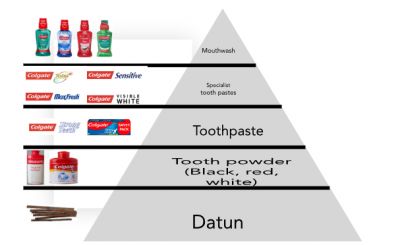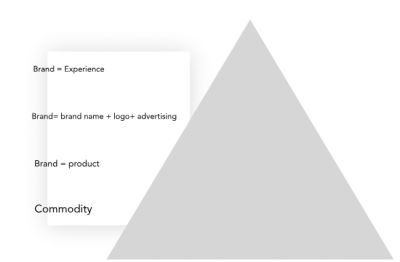In 1992, I coined the term pseudomature to describe a market characterised by high levels of competition (in a category) with low levels of penetration.
Here’s a quiz.
What’s the number of major car brands in India today?
Your answer after Googling :-)
40.
And how many car brands are in the UK?
40.
At first glance, the ‘markets’ seem equally mature in terms of competing brands.
Look closer: India has approximately 24 cars per 1,000 people; UK, over 850.
The penetration figures are not comparable, but the competing brand figures are.
This gives rise to an illusion about the size of the marketplace.
For example, post-1991, when the Indian economy was liberalised, the number of automotive lubricant brands that rushed in was…32!
Where were the car buyers who would consume these lubricants?
India had 3.5 cars per thousand population then!
Surprise, surprise: they were in the market for two-wheelers, not four-wheelers.
The reality of a pseudomature market is this: all levels of evolution of consumers and customers co-exist.
Market-leading brands are aware of this fact, and cater to all levels, to stay market leaders!
The most remarkable example of a brand retaining market share by catering to all levels is Maruti Suzuki.
For the bottom of the pyramid, it runs driving schools: over 20 lakh individuals converted into drivers, thank you very much.
For those who have bought a car for the first time, they have 4500 reassuring service centres.
For those who want to upgrade from their first car, there are over 23 models!
For millennials, who never want to own a car, there is a Maruti Suzuki.
Subscribe…you get the picture!
From a completely different category comes the market leader, Colgate.
Just a few days ago, Prabha Narasimhan, managing director, Colgate Palmolive in India, confirmed the existence of the pseudomature market.
Narasimhan in an ET article said, “With more than half the people not brushing daily in Indian villages and just a fifth brushing twice a day in the cities, the onus is on the company as the leader to boost oral hygiene practices."
She added that every single household in India buys toothpaste, but doesn't use it regularly.

Here’s the fun part!
Pseudomaturity is not restricted to products and services!
It is also exhibited in decision-making!
At the bottom of the pyramid is a brand owner to whom, brand = product.
While a pseudomature market is a huge opportunity for visionary brand builders, it is a problem for brand consultancies.

Brands are ideas. They are unchanging ideas that guide business.
However, the decision-making process for ideas reflects what we refer to as MDM (Manufacturing-Era Decision-Making) while it should reflect KDM (Knowledge-Era Decision Making).
In MDM, when you buy physical assets, the multiple-level decision-making is efficient: the bottom layer of managers scans, the next level short-lists, the third level curates and the CEO decides. The decision-making metrics are tangible.
But in KDM, you are buying intangible assets called ideas, the junior level has no clue how to judge them…simply because there are no ‘tangible’ parameters.
How do we deal with this pseudomature decision-making?
Simple, but not easy!
If the decision-maker can be convinced to understand the disproportionate value that a brand can create over time, you as a consultant will be able to add disproportionate value to their business.
If on the other hand, the decision-maker remains in the MDM era and insists on a colourful logo, you as a consultant will be able to deliver the logo and pay your team’s salaries.
It’s karma.
Everybody gets what they ask for.
The author is co-founder and managing director, chlorophyll.

.jpg)









